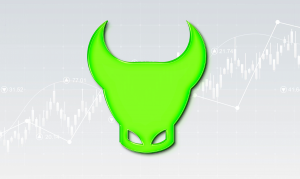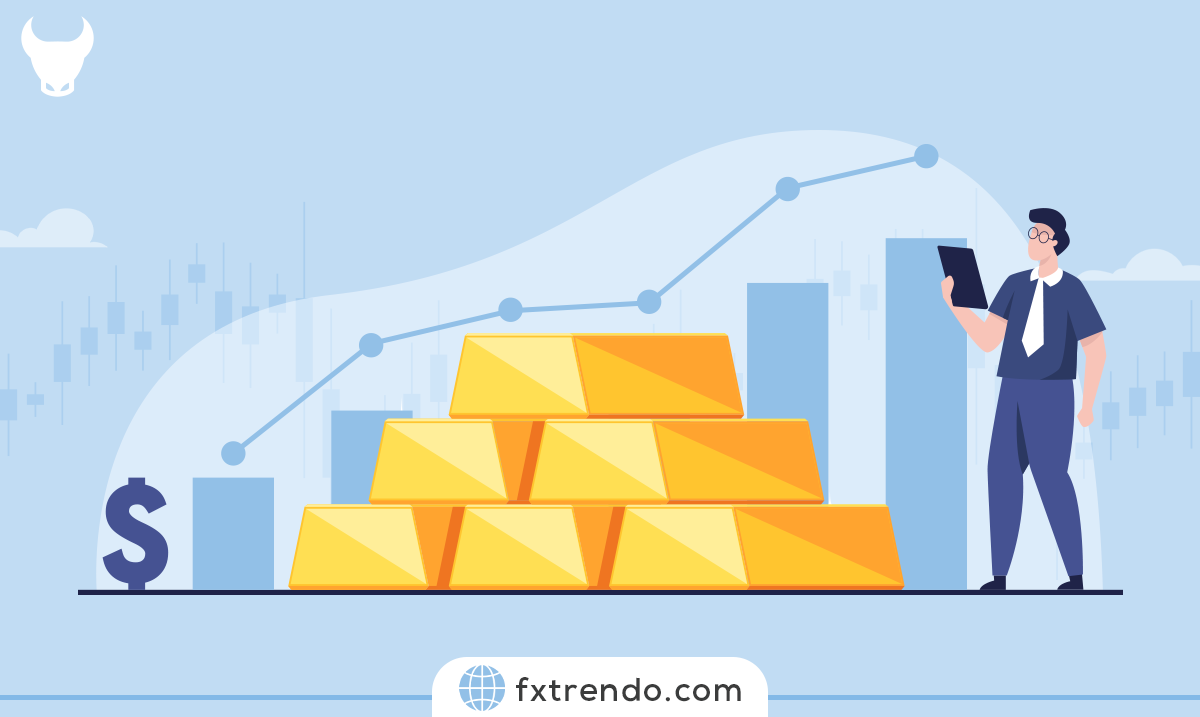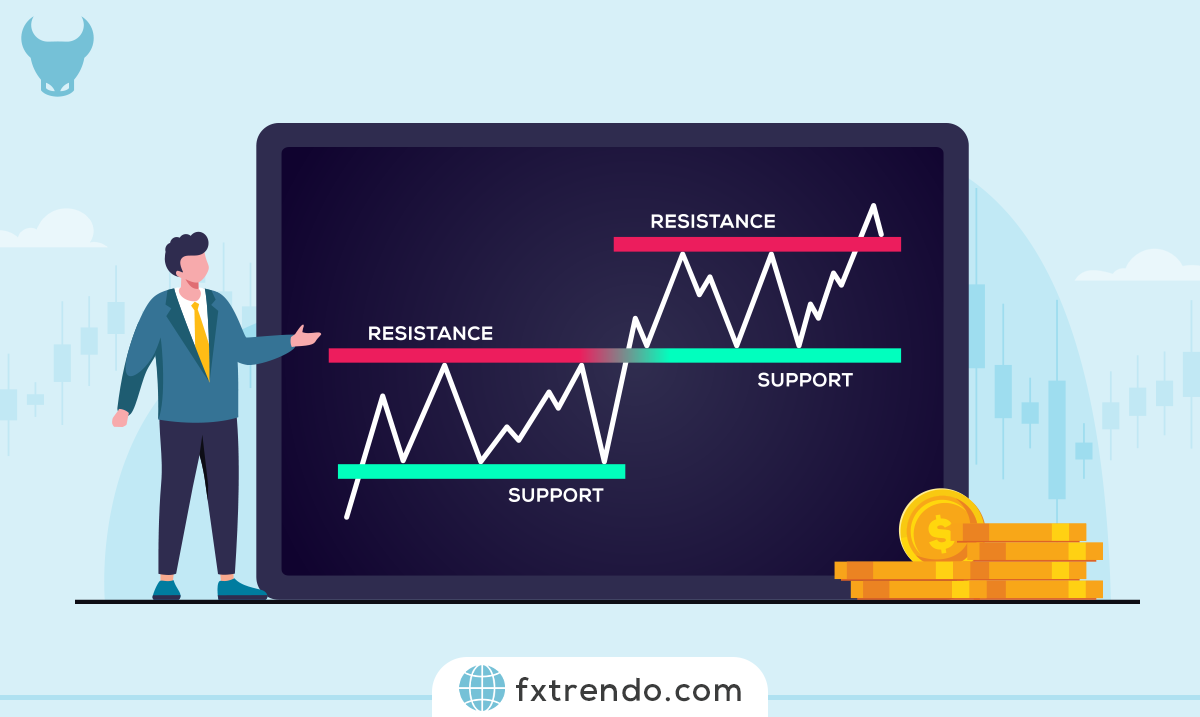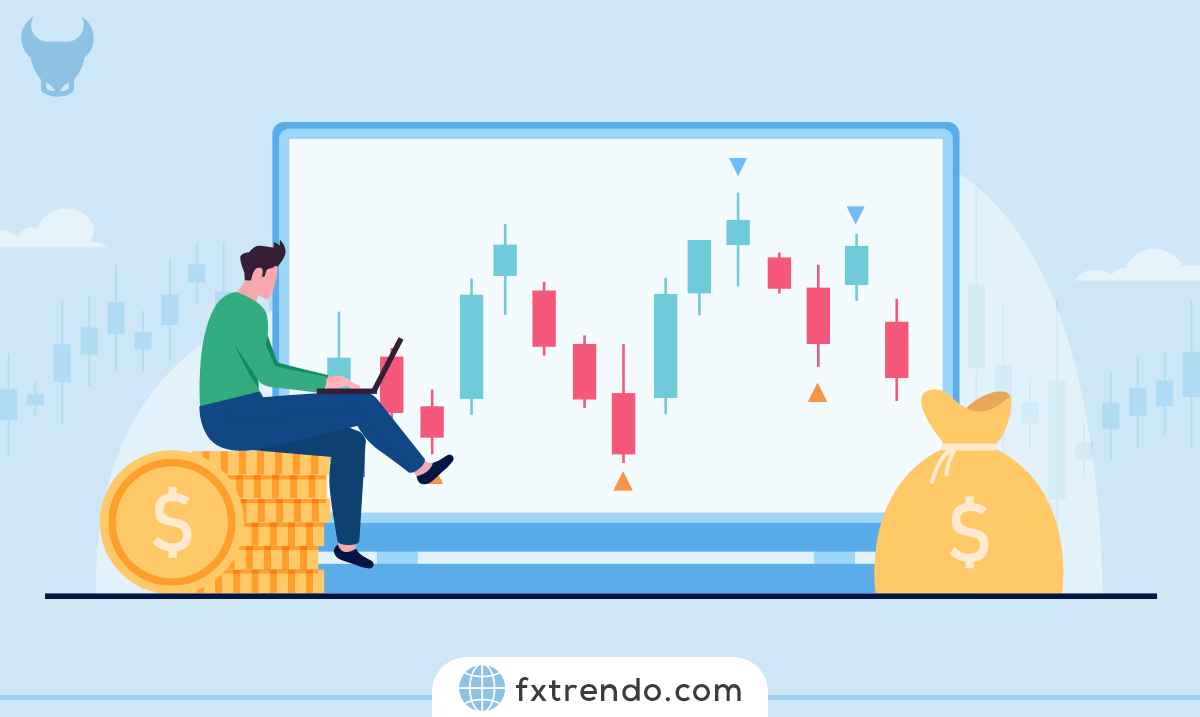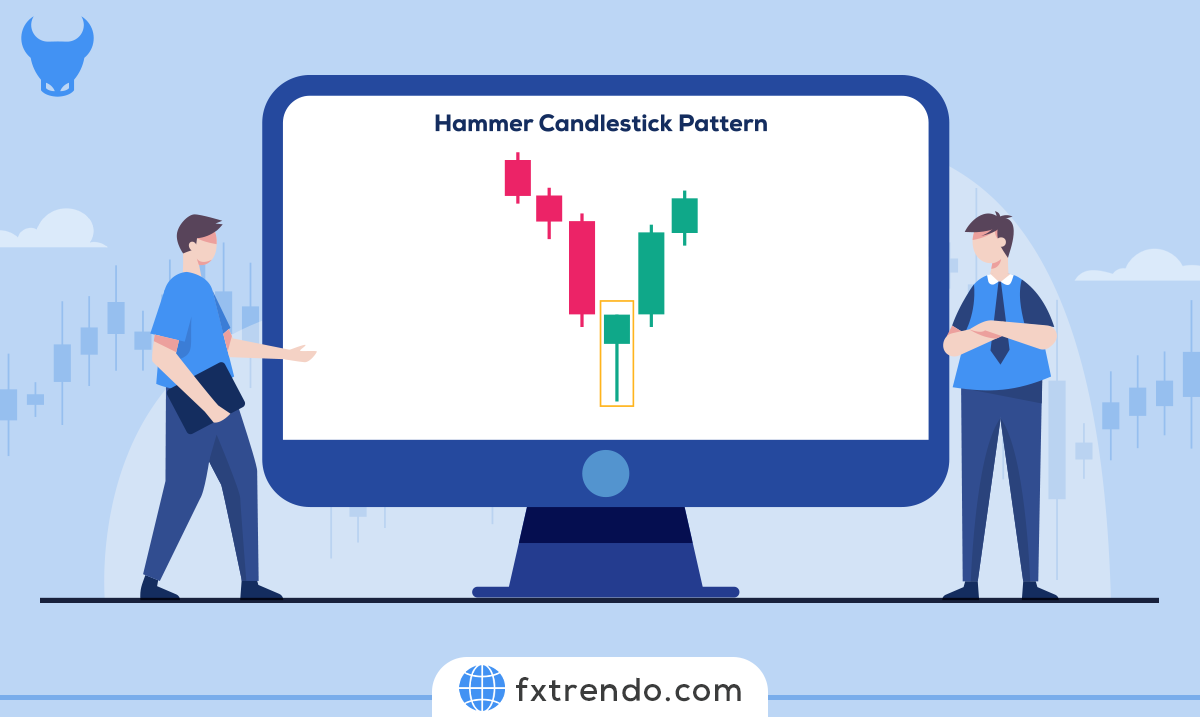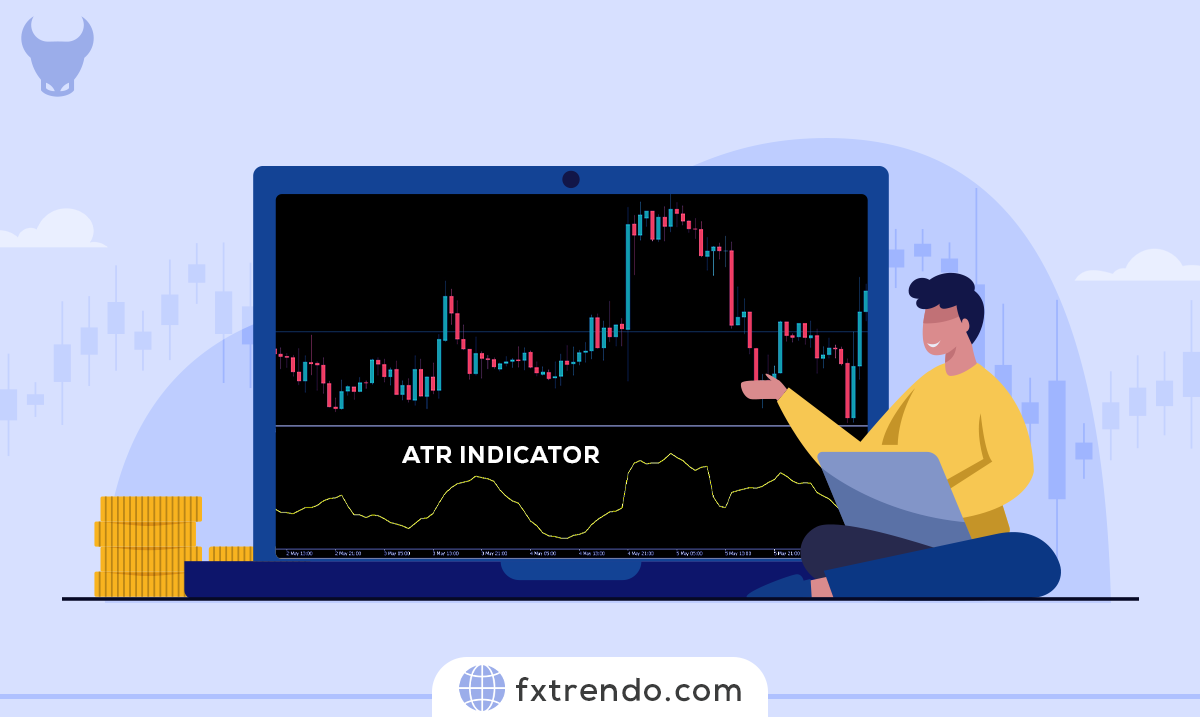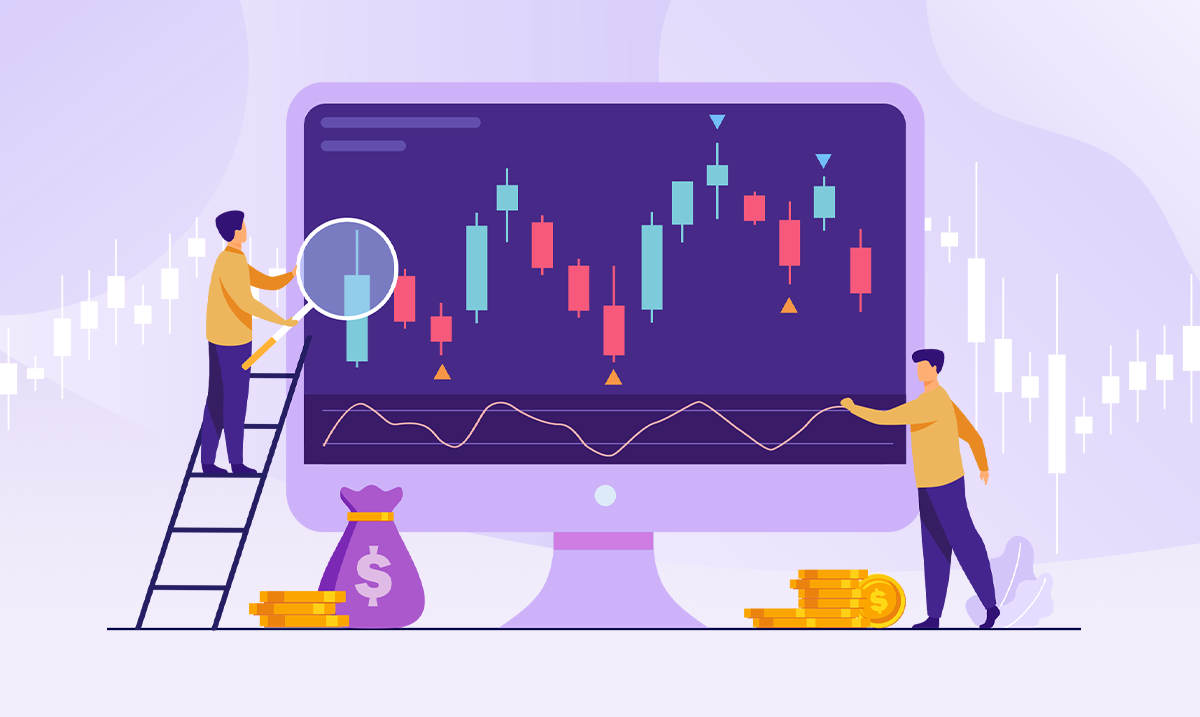What is the Unemployment Report in the Forex economic calendar?


The unemployment rate is a fundamental indicator in macroeconomics. Before going into the definition of the unemployment rate, let us first understand what unemployment is. Further, we will delve deeper into the unemployment rate and its effects on the economy and currency (using price charts).
Contents
Unemployment & Unemployment Rate
Simply put, unemployment is a situation in which a person is constantly searching for a job but cannot find one. So people who have the ability and desire to do a job but cannot find one are considered unemployed. This criterion is a determining factor in the health of a country's economy.
The unemployment rate can be defined as the percentage of unemployed workers relative to the total labor force, where the total labor force includes all employed and unemployed citizens in an economy. As mentioned, a person must have an active job search history to become unemployed. Therefore, if a person has given up looking for a job or work, he is not considered unemployed.
Unemployment is a vital economic indicator because it indicates the inability of the labor force to obtain employment. An economy with high unemployment will have less growth and production. On the other hand, a low unemployment rate indicates that the economy is producing goods, providing services at almost full capacity, having an appreciable output and living standards are rising. Of course, the low unemployment rate also means that the labor market is heating up, and there are signs of inflationary pressures.It can be a difficult time for businesses that need additional workers.
Types of Unemployment
Now that the definition of unemployment is clear, let's go ahead and understand how economists have classified unemployment. Unemployment is generally divided into two types, voluntary and compulsory. Voluntary unemployment is when a person has voluntarily left his current job searching for another one. But in the case of forced unemployment, the person is fired by the organization. Now the person should look for another job. Unemployment can also be divided into four other types.
Frictional Unemployment
Frictional unemployment is the most obvious type of unemployment. This type of unemployment occurs when a person is between two jobs. When a person leaves a job, it takes time to search for a new job. This unemployment is usually short-term and does not cause problems for the economy. Frictional unemployment is natural since ideally, it is not possible to find a job immediately after leaving the old job.
Cyclical Unemployment
Unemployment based on different economic cycles is called cyclical unemployment. During economic growth periods and recessions, the number of unemployed workers varies. For example, unemployment increases during an economic recession and decreases during economic growth.
Structural Unemployment
This type of unemployment is due to the advancement of technology or the structure through which the labor market operates. Technological advances such as fully automatic machines or robots and automation systems reduce the need for labor and lead to unemployment.
Organizational Unemployment
Permanent or long-term institutional policies and incentives in a country's economy can lead to unemployment. Such unemployment is called organizational unemployment. Some of the factors leading to organizational unemployment are:
- Government policy
- An excessive increase in the minimum wage
- Laws restricting occupational licenses
- Discriminatory employment
- High rate of unions
How does the Unemployment Rate affect a country's economy?
We know that the unemployment rate is a vital indicator because it measures the level of unemployment in an economy. This measure, in turn, also measures the rate of economic growth.
The unemployment rate index is a lagged measure. This indicator does not predict whether the market will go up or down but measures the impact of economic events. For example, the Unemployment Rate does not rise until a recession officially begins. But one thing to note is that the unemployment rate continues to ascend even after the recession starts to subside. There are two reasons for this occurrence. One of them is that companies are reluctant to lay off their employees when the economy is in recession.
It can take several months for big companies to present a layoff plan. Second, firms are reluctant to hire new workers until they confirm that the economy has entered the expansion phase. For example, during the famous 2008 financial crisis, the recession started in the year's first quarter, and the US GDP was 1.8%. As of May 2008, the unemployment rate was 5.5%. However, as the effects of the recession subsided and positive economic performance began, the unemployment rate reached 10.2% in October 2009. Therefore, we can refer to the unemployment rate as a powerful confirmatory indicator rather than a lagged indicator. For example, if other leading indicators are now showing economic growth and the unemployment rate is starting to fall, then we can be sure that companies are hiring new people again.
Unemployment Rate & its Effect on the Currency
As discussed earlier, the unemployment rate is a country's economic growth indicator. If the economy is bad, the unemployment rate will increase. And if the economy grows fairly, the unemployment rate will decrease. When it comes to currency, it is proportional to the economic growth of a country. That, in turn, shows that unemployment is inversely related to the value of money.
The US Unemployment Rate Release Time
The US Bureau of Labor Statistics publishes the unemployment rate on the first Friday of each month. Usually, the current values are compared with the previous month's values. Sometimes, year-over-year comparisons are also made.
How does unemployment affect the Forex market?
Now that we have some good theoretical information about the unemployment rate, let's look at the technical analysis side. Here, we will analyze how currency prices are affected after the publication of reports.
As mentioned, unemployment rate reports are released by the US Bureau of Labor Statistics monthly, usually on the first Friday of each month. In general, the actual data is less than the predicted data for the value of a currency is considered positive news. For example, we regarded the US unemployment rate released on February 7.
The picture below shows the actual rate is 3.6%, which is 0.1% higher than the predicted rate (3.5%). It is also more than the previous month. Therefore, we can conclude that the unemployment rate in the United States increased in February compared to January.


One can expect the US dollar to depreciate as unemployment rises (which is not good for the economy) regarding the impact on the forex market. Let's see how it affects some charts by pairing it with other major currencies.


In the USD/CAD candlestick chart in the 15-minute time frame, we can see that the market is in an uptrend. Now we have to see if this process continues after the news is published or if it reverses its course.


In the USD/CAD candlestick chart in the 15-minute time frame, after the news was released, we see that the market fell when the news was released. Here, we can infer that the market moved as we expected. Also, with the release of this news, volatility increased. If you also look at the volume indicator, we can see that the amount of volume has increased. However, further, the market experienced a rebound after the fall, and a shadow remained at the bottom. Thus, we can conclude that the price drop was consumed by strong buyers. Buyers did not allow sellers to control the market. These back-and-forth fluctuations are the initial excitement result of news releases. As you can see in the chart, after the complete review of the news and other fundamental and technical factors by the traders and with the so-called digestion of the news, the market has more or less continued on the downward path, which is the dollar's weakness.


We can see that the market is in a bearish trend on the EUR/USD chart. Currently, before this news release, the market is in a resistance zone. Now we must see how the market will react after the news publishes.


When this news was announced, we can see that the market went up but then turned down and closed below the candle's opening price. The buying and selling pressure and fluctuations were very high. If you look at the volume indicator for the news candle, we can see that the volume was also high now. In this currency pair, the euro is the base currency & the dollar is the quote currency. According to the impact of the news, the forecast was that the market would rise, but the selling pressure by the sellers in the technical resistance area, i.e., the purple line, did not allow this. Therefore, at the time of the news, we should check the relevant currency pair from the fundamental viewpoint and the technical chart.




Below is the GBP/USD chart in the 15-minute time frame before and after the publication of this news. Due to the European and British economies' closeness, we can see that this chart is very similar to the EUR/USD chart. The news candle initially caused the price to rise, but then we saw the price drop, and finally, the red candle was closed. Volatility during this period was very high, as can be deduced from the corresponding volume indicator below. And according to the news, the market was supposed to rise, but it continued its downward trend.
Summary
The unemployment rate, although a lagged indicator, it must not be taken for granted. It is as vital as other economic indicators such as GDP، CPI، interest rates, etc. Employment is one of the main reasons for the development of economies. The unemployment rate is usually published next to the employment report, which we will talk about in the next articles about the employment report, so the unemployment rate will be very significant next to the employment report. Economies with high unemployment rates are severely affected. From the investors' and traders' viewpoint, one should watch this indicator's rate and consider it a powerful confirmation tool.
Связанный пост
Самый посещаемый









